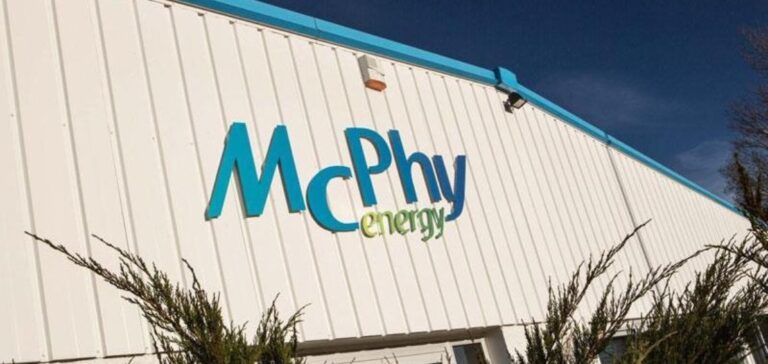An agreement to manufacture electrolyzers in India has been announced by Larsen & Toubro (L&T) and McPhy Energy.
A strategic agreement to build an electrolyser plant in India
Under the agreement between L&T and McPhy, the Indian conglomerate will build a large-scale cell manufacturing facility in India, based on McPhy’s technology, to serve the Indian market as well as specific geographic areas. L&T’s vision of being present across the entire green energy value chain is aligned with this agreement.
McPhy will grant L&T an exclusive license to its pressurized alkaline electrolysis technology for the manufacture of electrolyzers, including future improvements to the products concerned. This partnership will also allow McPhy to continue its expansion beyond the European market.
An energy sector in full mutation
Mr. Subramanian Sarma, Executive Director of L&T Energy, said: “The energy sector is changing rapidly and low-carbon hydrogen is emerging as one of the key drivers of the future energy mix. We are delighted to have signed this win/win agreement, given L&T’s strong presence across the energy value chain, from construction to service, and McPhy’s technological and scientific leadership.
For his part, Mr. Jean-Baptiste LUCAS, Chief Executive Officer of McPhy, said: “McPhy aspires to become a world leader in the manufacture of electrolysers. A partnership with a recognized player such as Larsen & Toubro is a great opportunity and demonstrates the attractiveness of our technology”.
An agreement to develop India’s immense potential
India wants to become one of the world’s leading low-carbon hydrogen production centers, with the aim of developing it across all sectors of activity. This electrolyser production agreement will also help India ensure its energy security by reducing the ever-rising cost of energy imports, while providing a new low-carbon energy opportunity to polluting and hard-to-reach industrial sectors such as refineries, fertilizers, steel and transportation.
Indeed, India has the advantage of favorable conditions for the production of low-carbon hydrogen. The country has low costs of renewable electricity generation from solar and wind energy sources, which are available in abundance.
Necessary investments
To achieve its ambitious goals, India’s low-carbon hydrogen production capacity should reach at least 5 million tons per year by 2030, in line with the objectives of the Green Hydrogen Mission. This will require more than US$100 billion in funding. However, India is willing to make these investments to achieve its goals and ensure its energy security.






















